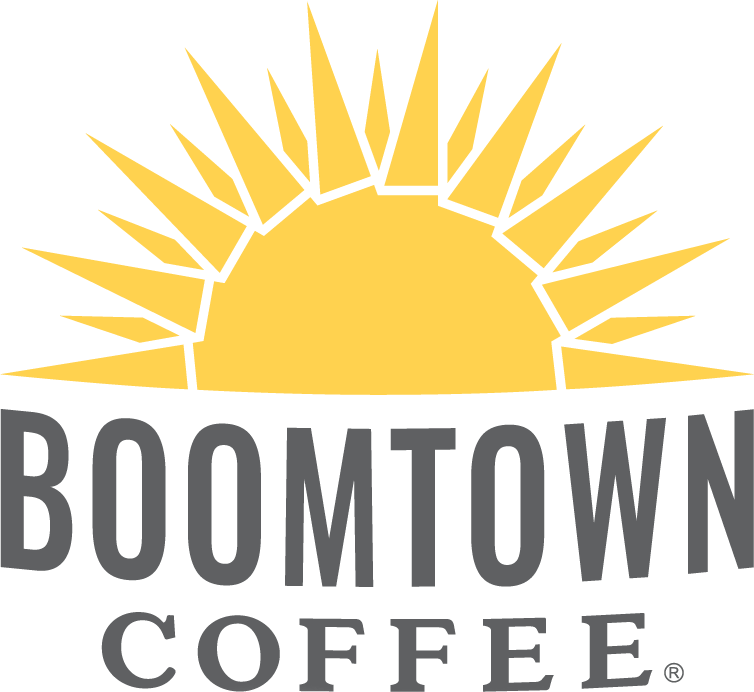Where can coffee go from here? Some thoughts on the fourth wave of coffee.
Boomtown Heights opened just over seven years ago, quite a few years after the big players that started the “third wave” of coffee (companies like Intelligentsia, Stumptown, Blue Bottle, and Counter Culture), and a few years after the great folks at Amaya Coffee were established.
We probably consider Boomtown to be a “third wave” shop as well – the first wave was the proliferation of home and diner coffee, and the second wave was the massive shift in popularity to coffee as a luxury with companies like Peet’s and Starbucks leading the way. Though not clearly defined, the third wave is usually characterized with coffee appreciation (increased transparency, more understanding of origin and processing methods), pour-over methods, higher scoring coffees on the cupping table, latte art, a more data-driven approach to brewing, and overall a more “craft” approach.
So, what’s next? What’s the fourth wave? While new industry trends will probably happen naturally over time, I think it’s still fun to think about the future. Also, I’ll begin by saying I don’t think there should be gates between the different waves of coffee—Boomtown can learn a lot from the past and be part of the future! All that said, here are some thoughts:
The industry will be forced to understand coffee farmer issues
As it stands, coffee at the producing side is not sustainable. The cost of production is higher than the commodity price (*hitting $0.86 this past year), and while as much as *70% of production cost is labor, many farmers are living in deep poverty. This is, frankly, a supply chain that can’t exist forever. Third wave coffee has made its best attempts at curbing this problem by direct trade or buying through importers with clear traceability, but it’s not so simple:
Coffee growing can’t react to fast shifts in price: coffee takes a long time to grow. Combine the pricing with changes in climate and issues like coffee leaf rust affecting yield, coffee growing is incredibly risky.
C market pricing is based on yield, not quality. Specialty coffee has created a narrative that makes it so high-quality coffees are purchased at a higher cost than market and even Fair-Trade, incentivizing the growing of better coffee. While this sounds good on paper, in practice it doesn’t even come close to subverting the C market. Even a farm that sells a large majority to the specialty market must sell the rest to the C—making the extra work in farming high quality coffee moot.
With these issues, a larger number of young farmers are choosing paths in other industries for opportunities more sustainable than coffee. In turn, family farms will struggle with maintaining operations, finding labor, and accessing education.
So how will fourth wave tackle these problems?
It begins with the idea of “wave”. Small roasters will have difficulty making sea change in the market, but if banded together, these roasters have much more buying power and can demand more of the supply chain. Creative solutions to buy lower-scoring coffees from farms will be developed. Consumers will be included in the conversation—think purchasing on a sliding scale for retail coffee with percentage of sales going to the farmer, or increased event programming that includes education about the supply chain. No roasters are doing it perfectly, including Boomtown. If we want to stand for and respect the craft, we must work towards better standards. Please stay with us and keep us accountable as we try to find ways to better the situation. Coffee professionals—reach out and let’s discuss ways we can combine forces!
The Rise of the Superstar Barista
The nature of the barista job will completely change in the next wave. As interesting concepts and menus get developed, the barista will more closely reflect the work of a craft bartender, sommelier, or chef. These positions can command respect and buzz for a restaurant before it even opens—imagine reading an article that features a head barista instead of an executive chef.
How will baristas accomplish this? I believe it will come in the form of totally different cafe design: signature coffee drinks will be served like off the menu of a cocktail bar, barista-driven tasting menus and presentations will be developed, and a better understanding of coffee preservation will allow for a huge range of coffee options requiring more knowledge from the barista.
Coffee Preservation will make a Coffee List look more like a Wine List
More on the coffee option range: at the moment, Boomtown usually serves 6-8(ish) coffees at a time. As technology and testing move forward, imagine having the ability to walk into a café and order a coffee from any region or processing method you want?
This will make coffee tasting much more accessible to the guest, and the possibilities for flights and food pairings are really exciting. Add curation to the list of barista skills!
What do you think will happen in the next wave of coffee? Let us know in the comments!
